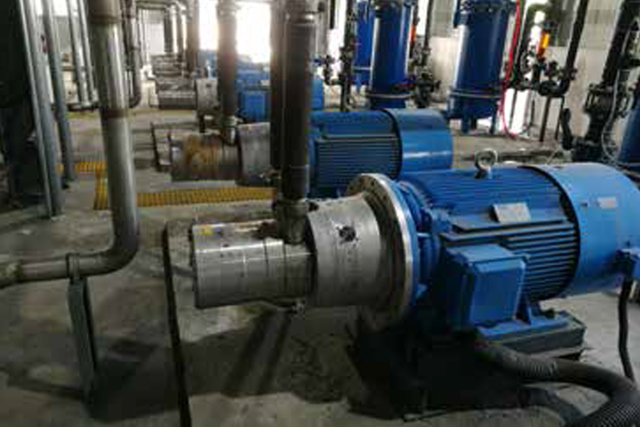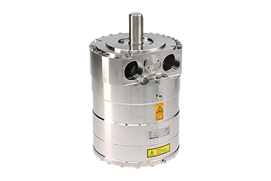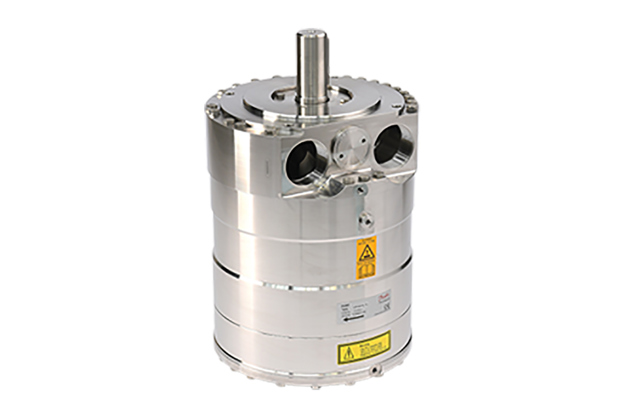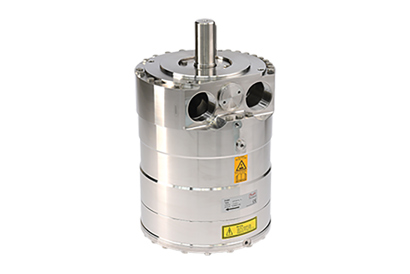ZLD wastewater treatment facility
China’s zero liquid discharge legislation (ZLD) is driving increased use of RO technology to treat industrial wastewater. For although ZLD eliminates contamination from factory effluents into groundwater and waterways, ZLD comes at a high energy cost which RO treatment prior to brine concentration and crystallization reduces substantially. Danfoss APP pumps are increasingly in
demand to make such ZLD projects as energy-efficient – and profitable – as possible.
Related products
-
if (isSmallPicture) {


 High-pressure pumps for ZLD reverse osmosis applications
High-pressure pumps for ZLD reverse osmosis applicationsThe APP W HC pump is suitable for ZLD reverse osmosis applications used in industrial wastewater treatment.




